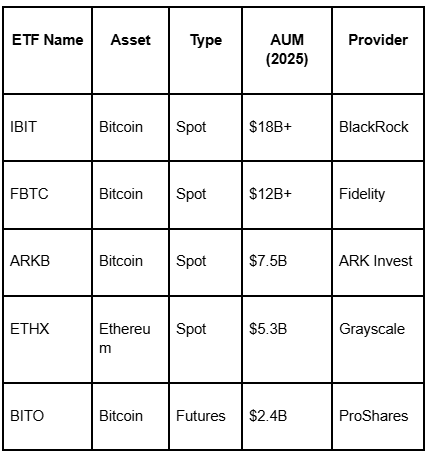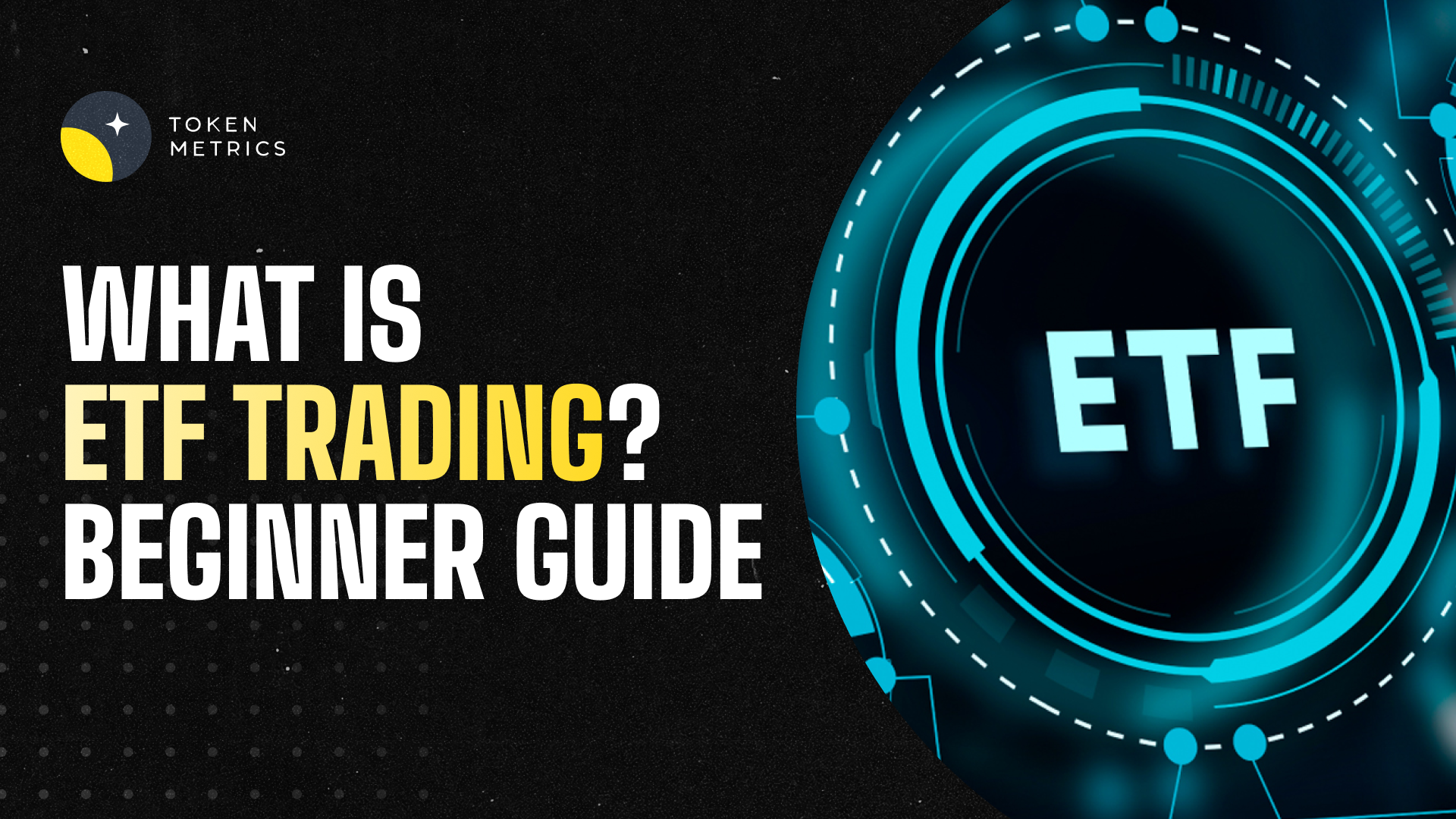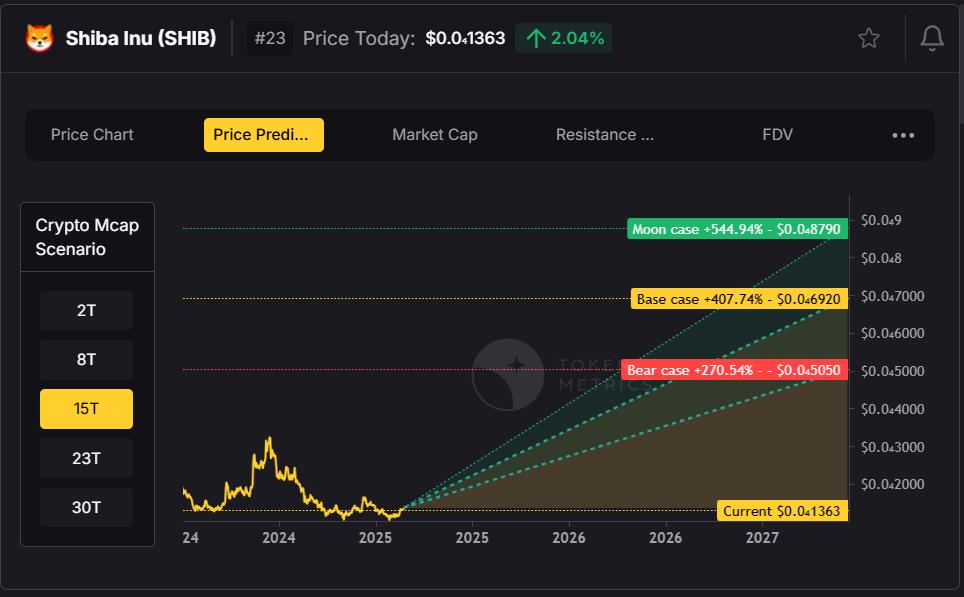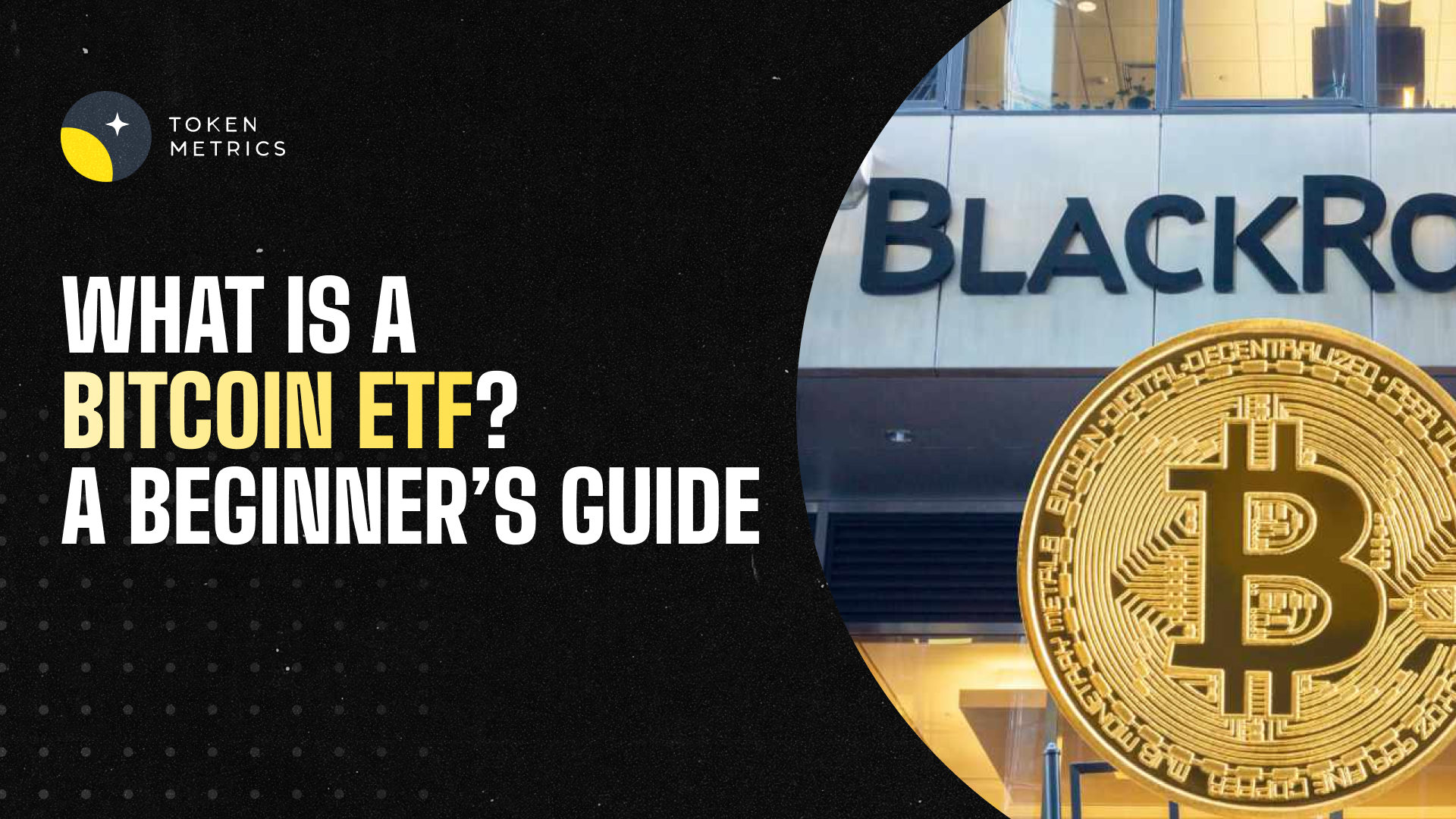How to Earn Crypto in 2024? 7 Simple Ways [Answered]

If you are looking for ways to earn free crypto this year, in 2024, this is the place to be. Yes, it is possible to earn free cryptocurrency by participating in certain activities or using certain services. For example, some websites and apps offer rewards in the form of cryptocurrency for completing tasks, such as answering surveys or watching videos.
Additionally, some cryptocurrencies, such as Bitcoin and Ethereum, can be earned through a process called mining, in which individuals use their computer's processing power to help verify and record transactions on the blockchain.
However, it is important to be cautious when seeking out opportunities to earn free cryptocurrency, as there are many scams and fraudulent schemes that claim to offer free crypto but actually steal users' personal information or funds. It is always a good idea to thoroughly research any opportunity before participating and to use only trusted and reputable sources.
How to Earn Free Crypto?
Many people never invest in cryptocurrencies due to fear of losing their money, or because they do not have enough money to invest in the first place. However, there are several ways to get cryptocurrencies for free without risking any of your own money.
Let's explore them all.
Learn and Earn Platforms
Learn and Earn platforms are a great way to earn free crypto while also gaining knowledge about the industry. These platforms, such as Coinbase and CoinMarketCap, offer users the opportunity to learn about specific coins and earn rewards in exchange.
To participate in a Learn and Earn platform, users typically need to open an account and pass a KYC verification. Once verified, users can access educational materials and quizzes on the platform, and earn rewards for completing them. These platforms regularly update their offerings, so it is important to check back frequently to see what new opportunities are available.
Airdrops
Airdrops are a popular method of earning free crypto. These are marketing campaigns drawn up by new crypto platforms to gain visibility and increase their customer base. As part of their marketing strategy, these platforms give out free coins to new and existing users in exchange for creating awareness about their project.
To qualify for an airdrop, users must typically be active crypto traders or at least have a crypto wallet. Airdrops can be a win-win for both the trading platform and the user, as the platform gains visibility and the user earns free crypto.
Play-To-Earn Games
Play-to-earn games are a fun and exciting way to earn free crypto. These games allow users to have fun while also earning rewards in the form of crypto. Examples of these games include CoinHunt World, where users can explore a digital environment and earn rewards for finding keys and answering trivia questions, and Crypto Popcoin, where users can earn rewards by grouping cryptocurrencies together and popping them.
To earn actual crypto through these games, users typically need to register their ERC-20 wallet address and have the real crypto token airdropped to their account. Some games may also allow users to earn crypto through their Coinbase account.
Cryptocurrency Dividends
Cryptocurrency dividends are a new way for investors to earn passive income through their digital assets. Similar to traditional stocks, some cryptocurrencies offer dividend payments to their holders as a reward for holding their tokens for a specific period.
These payments can be in the form of additional tokens or other cryptocurrencies, depending on the protocol. For instance, some blockchain networks offer staking rewards to users who lock up their coins to secure the network, while others distribute a portion of their transaction fees to token holders.
By earning crypto through dividends, investors can benefit from both capital appreciation and recurring income, potentially increasing their overall returns on investment. However, as with any investment, it is crucial to do thorough research and assess the risks before committing funds to any cryptocurrency project.
Credit Cards
One way to earn crypto through credit cards is by using a credit card that offers rewards or cashback in the form of cryptocurrency. Several credit card companies now offer rewards in a form of cryptocurrencies. Users can earn rewards on their purchases and then transfer the earned crypto to their digital wallet.
Another option is to use a crypto credit card, which allows users to earn rewards in cryptocurrency directly. These cards work like traditional credit cards, but instead of earning cashback or points, users earn crypto rewards that can be redeemed for various products and services.
Referral Bonuses
Referral bonuses are a common way for people to earn cryptocurrency without necessarily making a direct investment or engaging in trading. Referral programs are typically offered by cryptocurrency exchanges, wallets, and other platforms that offer a commission or bonus for referring new users to their services.
To earn crypto through referral bonuses, individuals simply need to share their unique referral links with friends, family, and acquaintances who might be interested in using the platform. When someone signs up using the link and completes certain actions, such as making a deposit or trading, the referrer receives a bonus in cryptocurrency.
Referral bonuses can vary in size and scope, but they can be a great way to earn crypto passively and without having to invest a significant amount of time or money.
Browser and Search Engine Rewards
Some search engines and browsers, such as Brave and Pre-search, offer rewards in the form of crypto for viewing ads or just browsing. This is a simple and easy way to earn free crypto without having to invest any money.
While earning free crypto can be a great way to get started in the world of cryptocurrency, it is important to be cautious. This is because not all opportunities to earn free crypto are legitimate or safe.
There are many scams and fraudulent schemes that claim to offer free crypto, but are actually designed to steal users' personal information or funds. These scams can take many forms, such as fake airdrops, fake games, or fake search engines that promise rewards but never actually deliver on them.
Conclusion
Therefore, it is important for users to carefully research and verify any opportunity to earn free crypto before participating. They should look for reputable platforms and sources, and be wary of any offers that seem too good to be true.
Additionally, users should always protect their personal information and crypto assets by using secure wallets and following best practices for online security.
Disclaimer
The information provided on this website does not constitute investment advice, financial advice, trading advice, or any other advice, and you should not treat any of the website's content as such.
Token Metrics does not recommend buying, selling, or holding any cryptocurrency. Conduct your due diligence and consult your financial advisor before making investment decisions.
Create Your Free Token Metrics Account

.png)




%201.svg)
%201.svg)


%201.svg)



.png)














.svg)




.png)